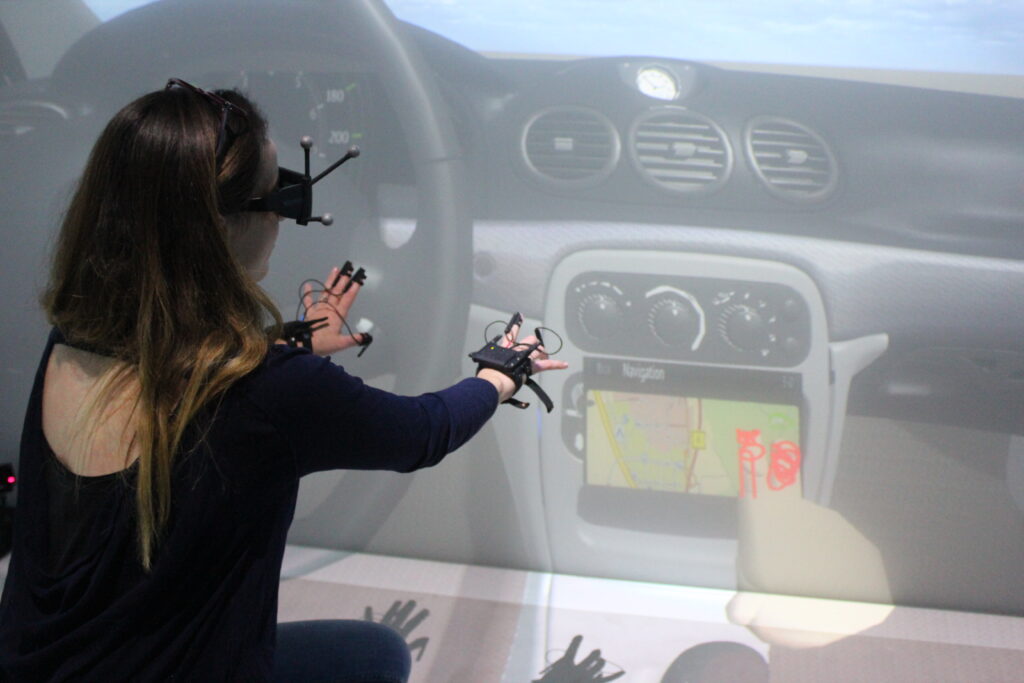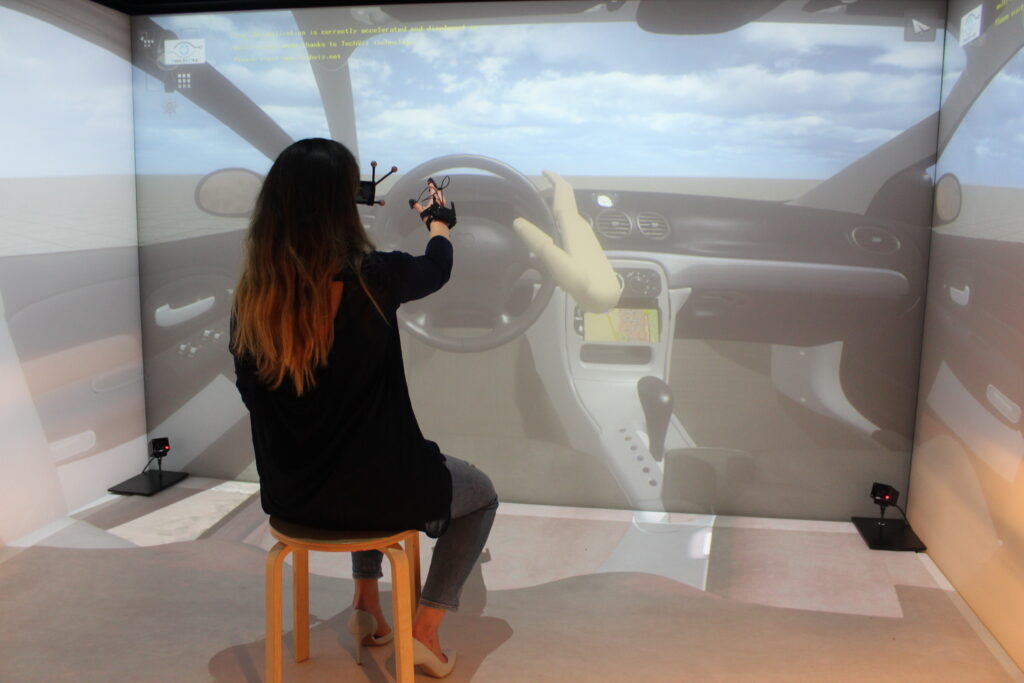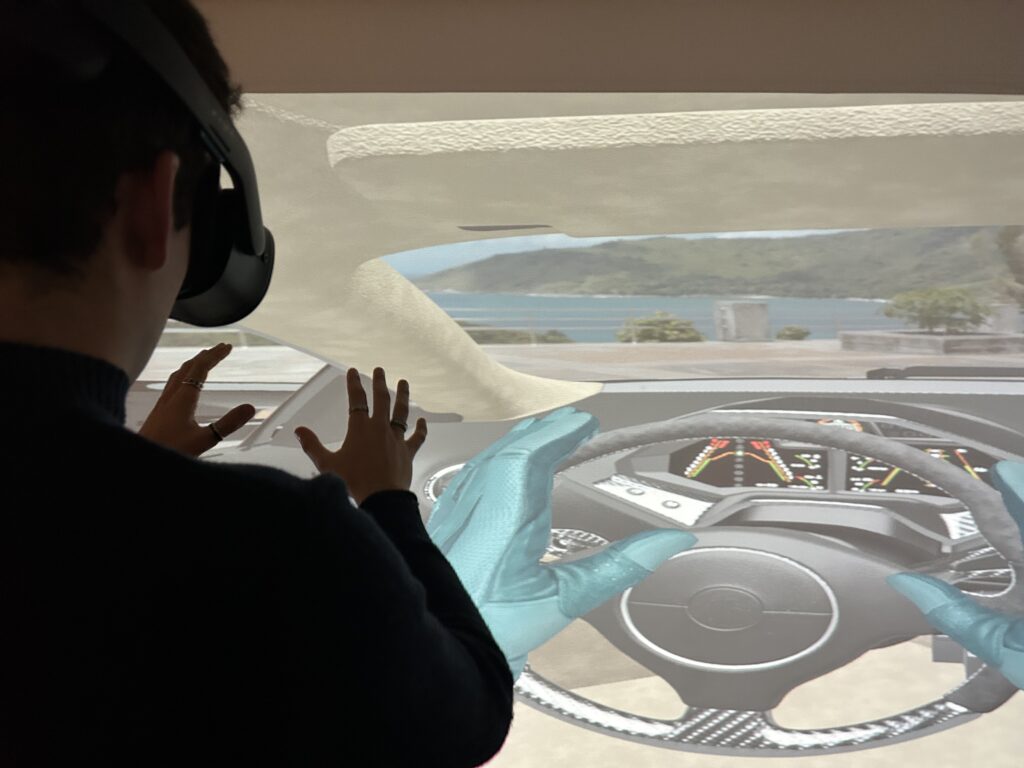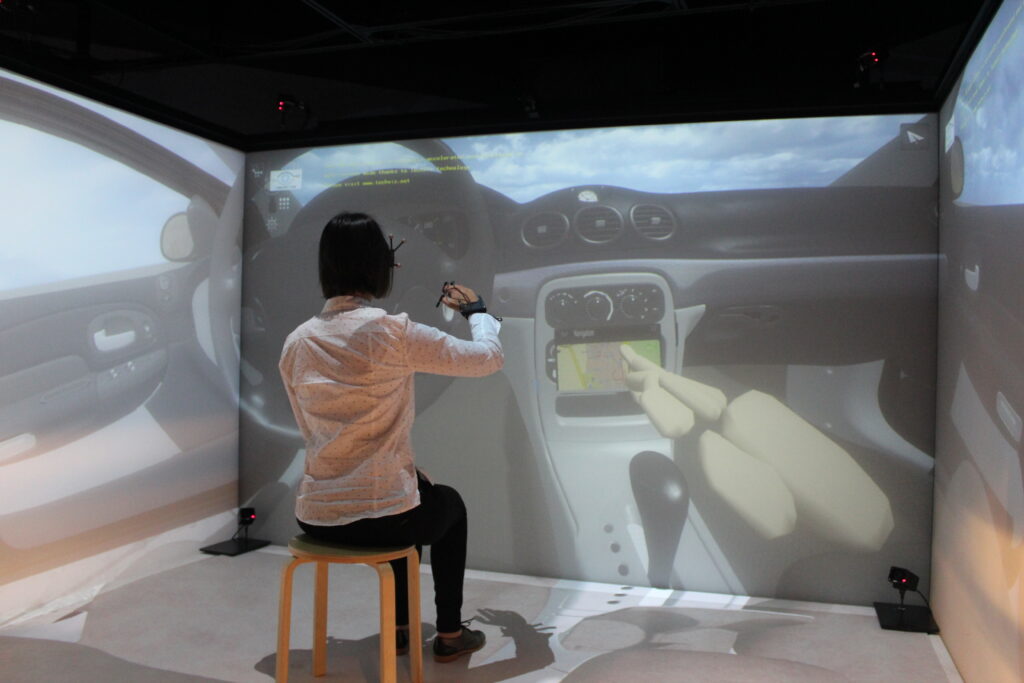

Finger Tracking in VR - AR
Finger Tracking enables users to see virtual avatars of their hands, precisely mimicking hand and finger movements. This is essential for interacting with 3D models in VR and manipulating virtual objects with millimeter accuracy.


Finger Tracking allows for the creation of intuitive user interfaces that respond naturally to hand gestures.This feature facilitates easier navigation and interaction, making technology more accessible to users of all backgrounds.

In training environments, Finger Tracking technology enhances realism, allowing users to practice skills with lifelike feedback. This application is particularly valuable in fields such as medicine, manufacturing, and design, where precise manipulation is critical.

Our Finger Tracking feature enables users to interact with virtual objects with exceptional precision. By tracking finger movements in real-time, users can manipulate and control elements in a virtual space, enhancing the immersive experience.